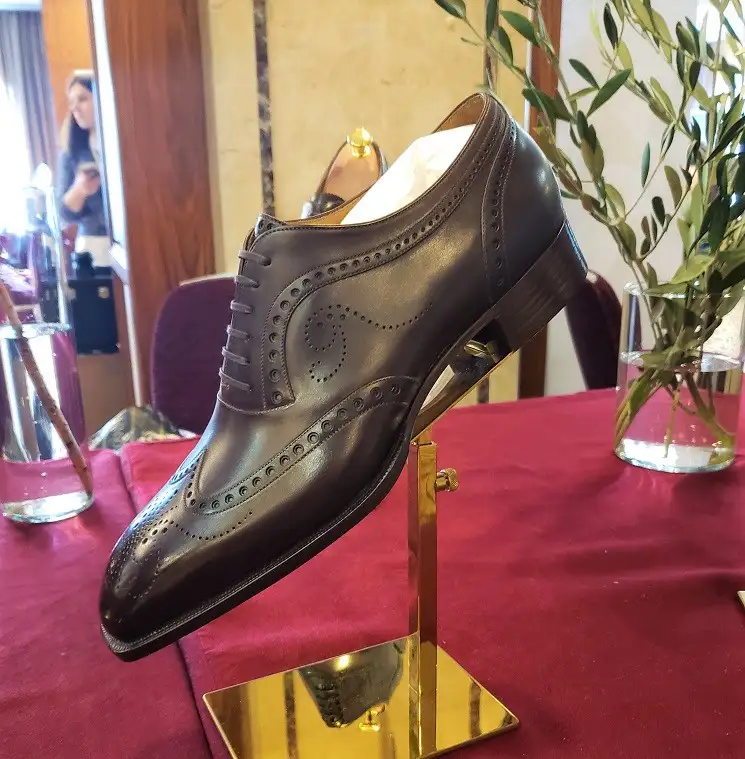
My favorite shoe of the Bespoke Shoemaking competition was actually the one that took 9th place and was made by Russian Shoemakers, Per Nobile. It is the shoe highlighted and the one that blew my mind away in terms of pattern making, which I feel often goes overlooked in this contest as maybe the direction of the discussion is often more heavily weighed into looking at details like how narrow the waste is and how many stitches to the inch the sole has. As well as if the upper is handsewn. All things for me, albeit show skill, have nothing to do with how beautiful the shoe actually is (nor how practical or wearable it is) and is simply one side of the “shoemaking process.” Maybe we, as the organizers, need to change the way we critique the shoes?
I guess, even though I studied and appreciate the shoemaking side of it, the design (i.e. last/pattern making) is far more important to me. In the shoe nerd world, it is a part of the process that often gets forgotten about but is the reason we buy the shoes. G&G wouldn’t sell so much if the lasts/patterns/designs were ugly and impractical, would they?
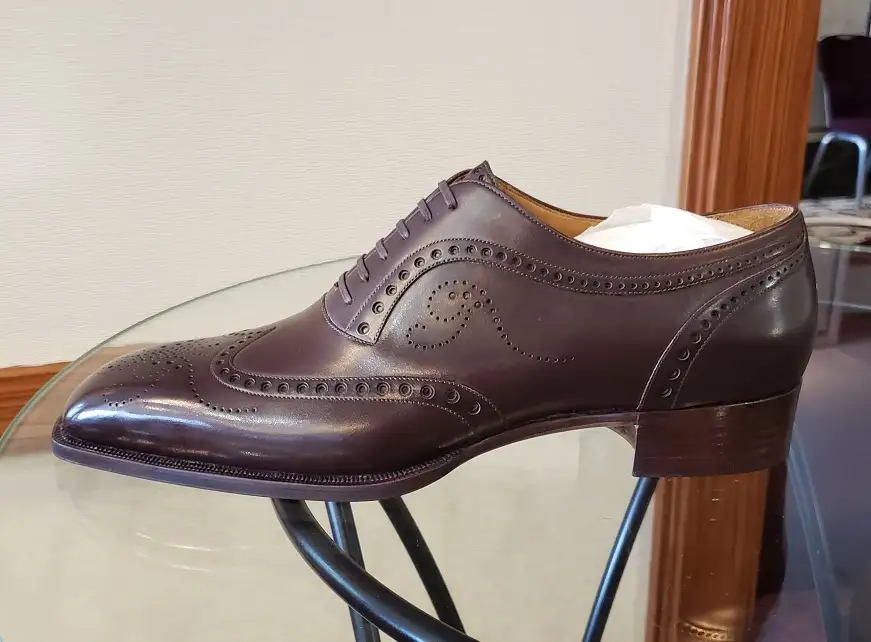
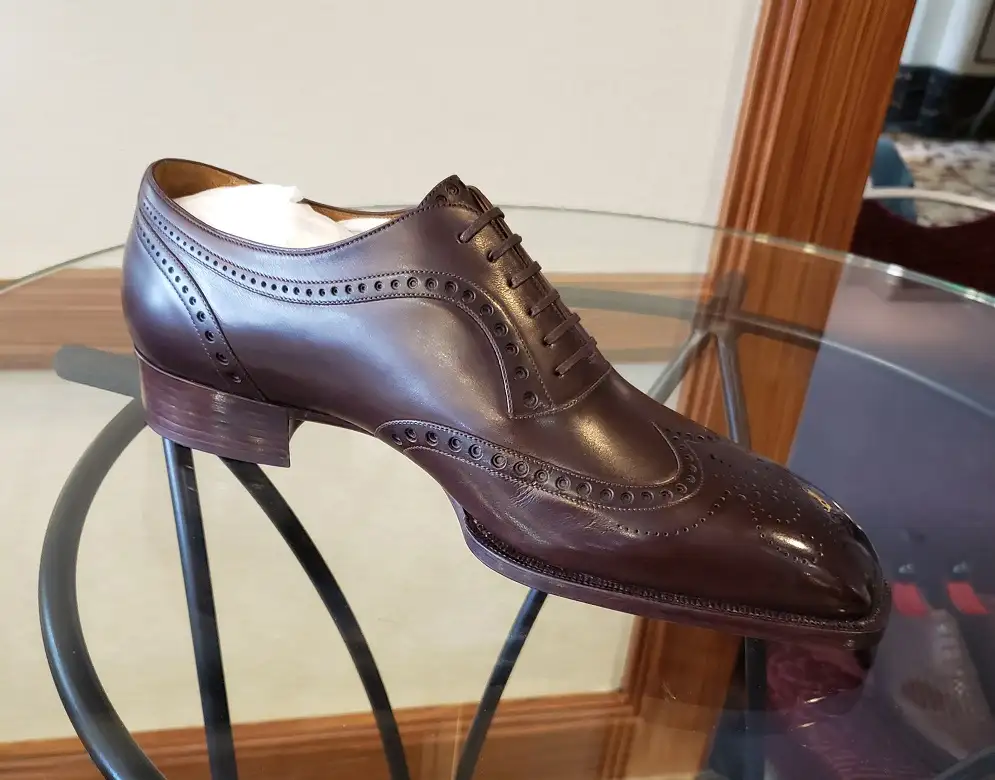
The details in the pattern were phenomenal in this shoe. And on top of that, they were so subtle that the appreciation of these details might have been completely overlooked by many. Maybe most don’t understand how an upper is made. Brogueing, stitching, all that is usually always done by machine. It is all standardized these days. But this upper was done entirely by hand, from each stitching, to each hole punch. And while that might not seem so incredible in the ‘wow factor’ what set this shoe apart for me, was the fact that not only were the hole punches all in a grading scale from small to large, but so were all of the lines of the stitching and the fact that hole punch was two layers deep (i.e. two different hole punches). And that takes a lot of time, effort and thought. But most are too busy wondering how many stitches to the inch the sole was sewn. Also something incredibly hard, but not more so than stitching the upper by hand, so finely and accurately.
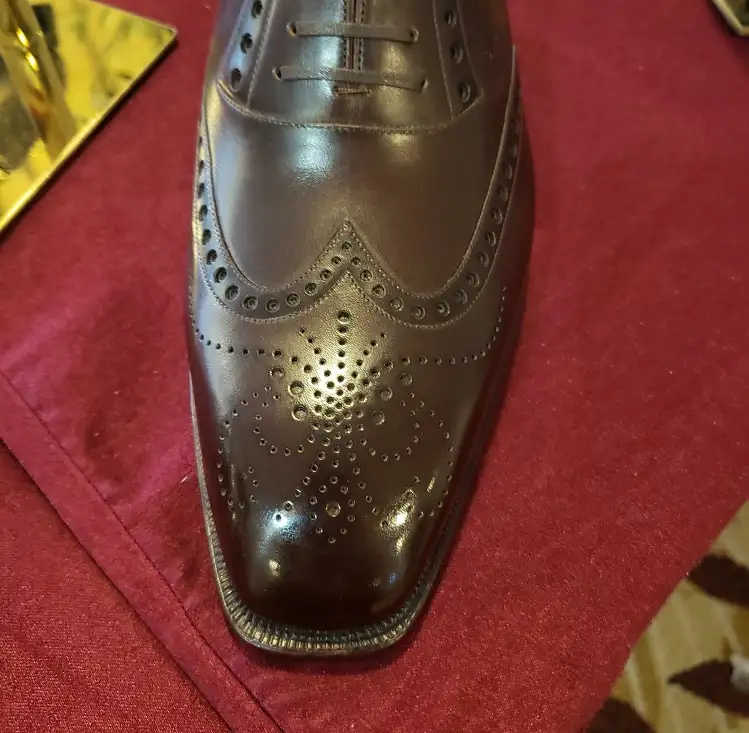
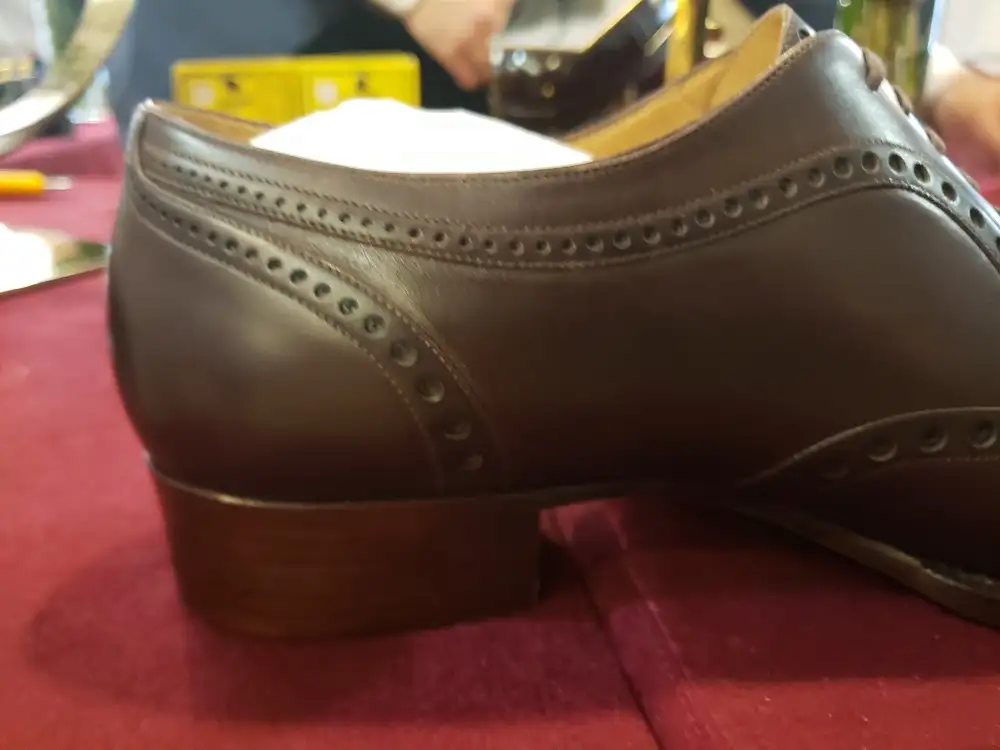
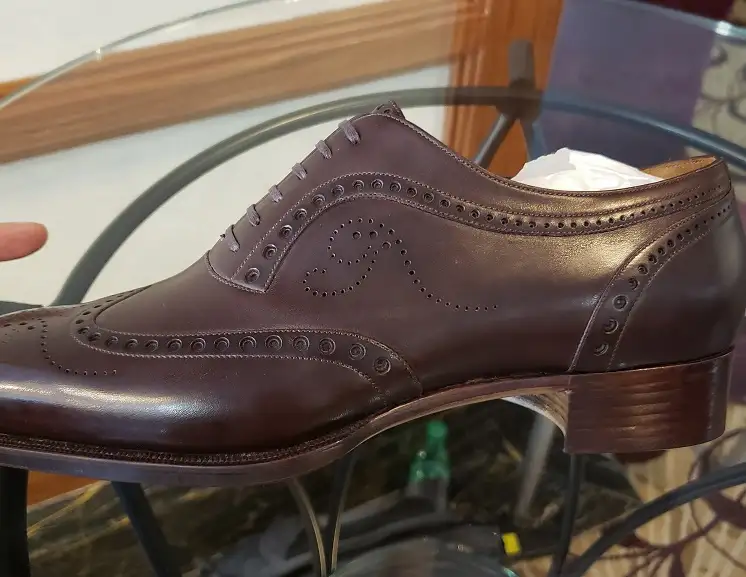
It is a common argument about how the bespoke shoemaking contest should be judged and for me, I think that it should be a wearable shoe, or least semi-wearable. People often think of how they see shoes in the museums of shoemaking and see these incredible skinny shoes that look incredible in terms of skill, but often not practical. And this is usually what is trying to be replicated. The problem is that in those times, people were those sizes (usually women’s shoes). But it’s not know. And for me, the skill of a craftsman is also how attractive they make a shoe. I personally don’t care how well made a shoe is if it is ugly or unwearable. What’s the point to that? We have to wear shoes not stick them on our mantelpiece. So, I will advocate for higher grading in the design side as for me that is a strong part of how well made a shoe is.
And well done to Per Nobile for making such a beautiful shoe!
I wish everyone a nice, relaxing Easter Monday!
Justin FitzPatrick
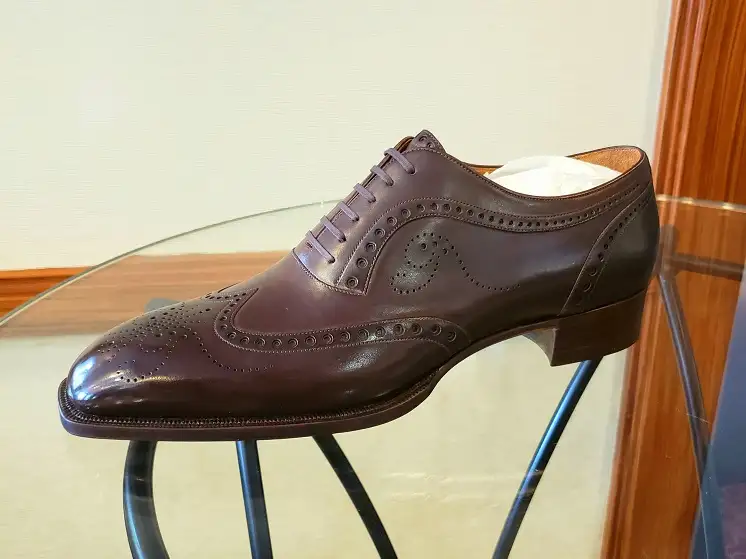





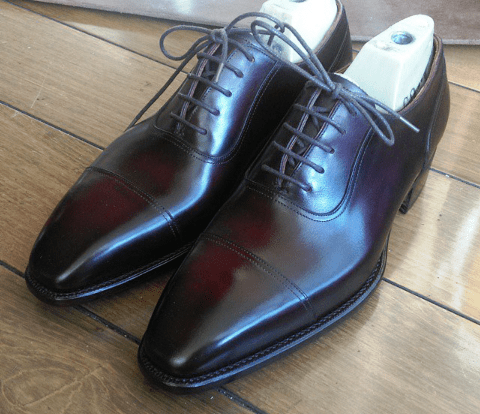
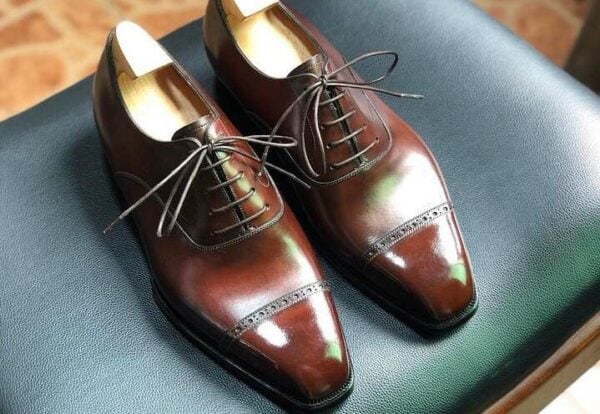
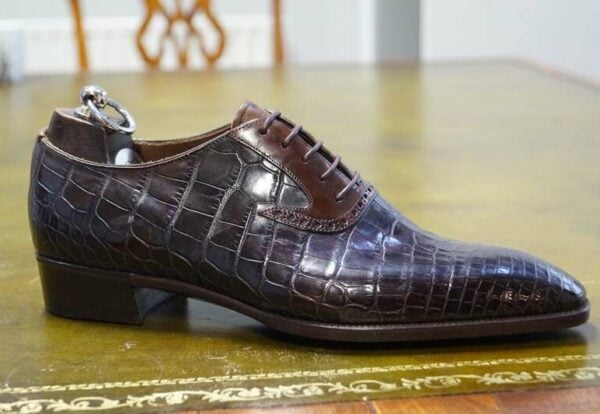
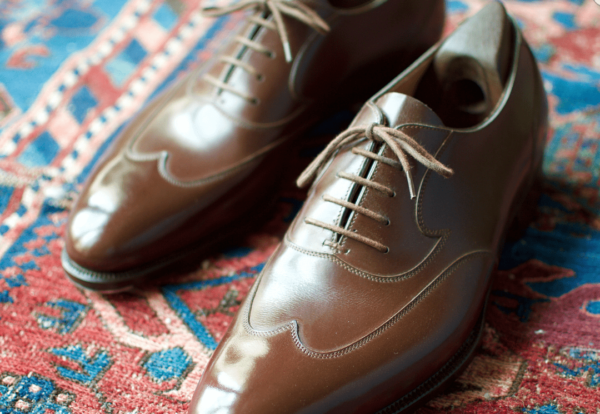
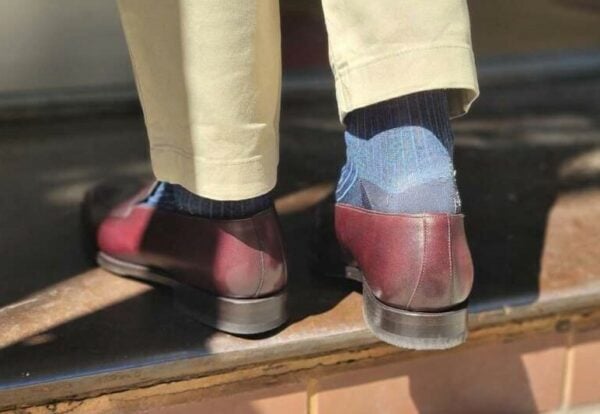
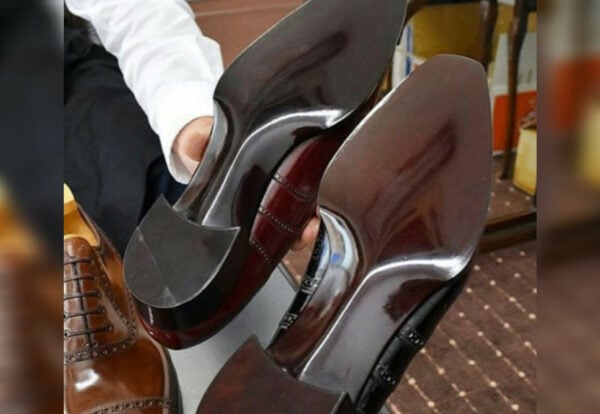
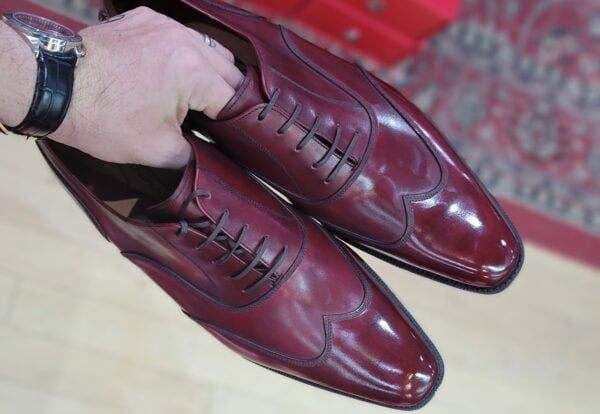
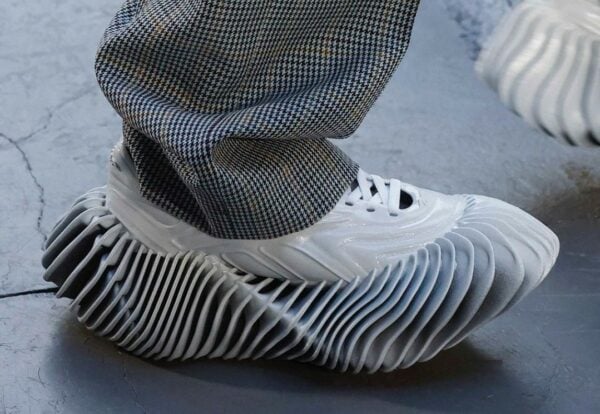
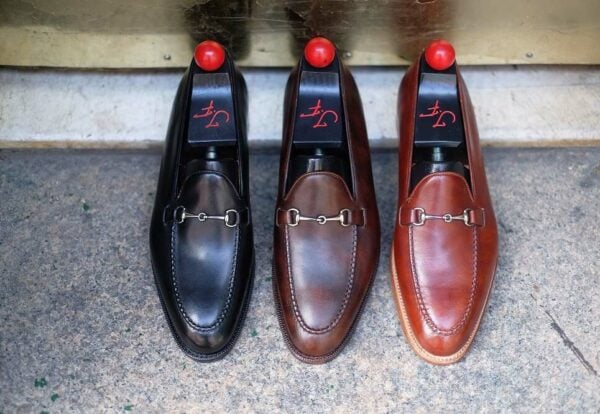
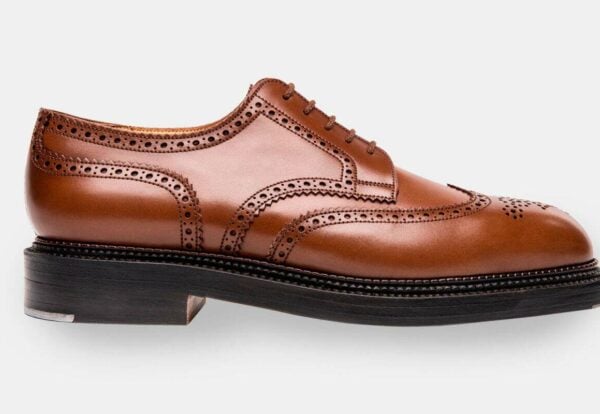
Outstanding looking shoe! So did multiple people work on this shoe? I thought that each shoe was done by one person individually for this competition.
You mean “how tight the waist is” but very good arguments here. For me as the shoes making competition, the artistic aspects of the shoes has nothing to do when it comes to evaluate the craft of a shoemaker, the extreme narrow waist, over exaggerated elongated last, tiny stitches are very good for a display items but as a good shoemaker, you has to know how to combine the craft and aesthetic of the shoes too. Not taking anything away from our winner this year but are we on the same pattern as we were last year? To me the shoe of Murata sensei is the better example of the craft and display item.
Все детали верха, начиная с первого места сшиты накладным швом.Ну хотя бы детали сделали бы с загибкой.Чем такая обувь отличается от RTW обуви сшитой на фабрике?О каком мастерстве может идти речь? Ни одной работы, где детали были бы сшиты стачным швом.В 19 веке мастера свое умение показывали на обычной коже делая до 64 стежков на дюйм.Но ни кому и в голову не приходило сшивать рант с подошвой делая как можно больше стежков на дюйм-это полный идиотизм.Стежки при сшивании ранта с подошвой должны выглядеть как бисер,а это 2.5-4 мм. в зависимости от толщины нити.
Что касается Пер Нобиле работа выполнена аккуратно.
All details of top, since the first place are sewed by a laid on seam. Well at least details would make from zagibky. What does such footwear differ from the RTW footwear sewed at factory in? About what skill can there be a speech? Any work where details would be sewed by a waste seam. In the 19th century of the master the ability was shown on usual skin doing up to 64 stitches on inch. But to whom and did not come to mind to sew a welt with a sole doing as much as possible stitches on inch – it is full idiocy. Stitches at sewing together of a welt with a sole have to look as beads, and these are 2.5-4 mm. depending on thread thickness.
As for Nobile Lane work is performed accurately.
Все детали верха, начиная с первого места сшиты накладным швом.Ну хотя бы детали сделали бы с загибкой.Чем такая обувь отличается от RTW обуви сшитой на фабрике?О каком мастерстве может идти речь? Ни одной работы, где детали были бы сшиты стачным швом.В 19 веке мастера свое умение показывали на обычной коже делая до 64 стежков на дюйм.Но ни кому и в голову не приходило сшивать рант с подошвой делая как можно больше стежков на дюйм-это полный идиотизм.Стежки при сшивании ранта с подошвой должны выглядеть как бисер,а это 2.5-4 мм. в зависимости от толщины нити.
Что касается Пер Нобиле работа выполнена аккуратно.